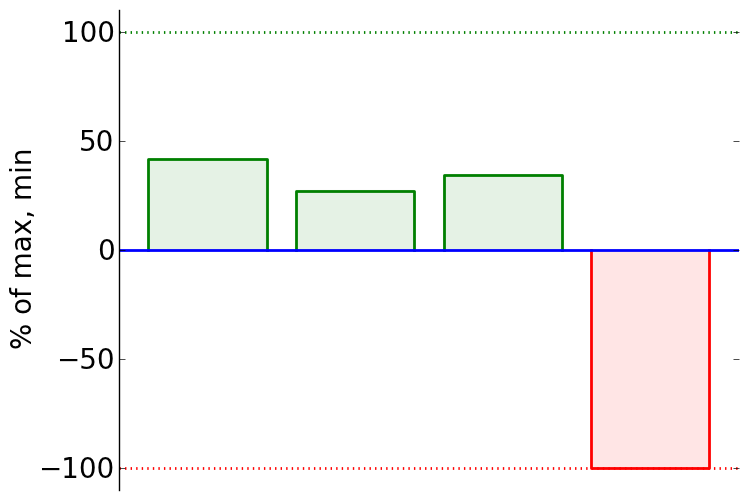

|
As part of the US Department of Energy 2017 Solar Decathlon competition, the University of Maryland engineering team has developed a detailed, physically based model that predicts the performance of our house design based on weather forecasts corresponding to the locations of our virtual houses. This open-source model, written entirely in the Python programming language, includes first-principles descriptions of solar irradiance, house PV array power output, nominal house energy-related loads, and thermal modeling of the house and its HVAC system. |





